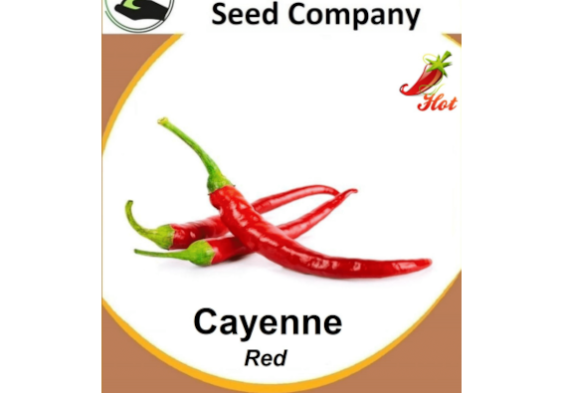HomeCayenne Pepper Red 15’s


40 in stock
R26.00
Cayenne pepper is great with foods, salsa, and sauces. Cayenne chilli peppers can be quite hot between 30,000 to 50,000 Scoville heat units. Cayenne peppers are a popular chili pepper used to spice food in Mexico and the US. Otherwise known as “capsicum annum,” this thin red pepper can be grown outdoors in sandy, acidic […]
Every seed variety undergoes organic cultivation and self-testing on our South African, Botswanan, Zambian, and Tanzanian farms. Our commitment lies in offering a diverse selection of organically grown, open-pollinated, Non-GMO seeds, proudly produced and acclimated locally.
Before planting, please verify the conditions in your area suitable for the specific seed type. Growth rates and germination times hinge on various factors like soil conditions, rainfall/watering patterns, climate, and more. The outcome of growth and harvest may be influenced by these conditions.

Every seed variety undergoes organic cultivation and self-testing on our South African, Botswanan, Zambian, and Tanzanian farms. Our commitment lies in offering a diverse selection of organically grown, open-pollinated, Non-GMO seeds, proudly produced and acclimated locally. Before planting, please verify the conditions in your area suitable for the specific seed type. Growth rates and germination times hinge on various factors like soil conditions, rainfall/watering patterns, climate, and more. The outcome of growth and harvest may be influenced by these conditions.